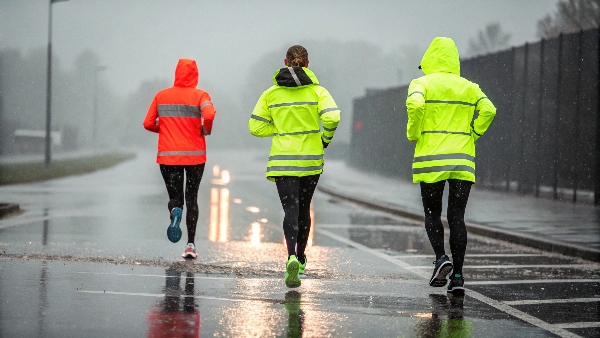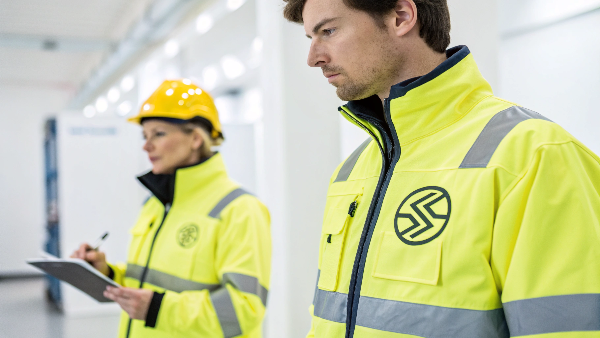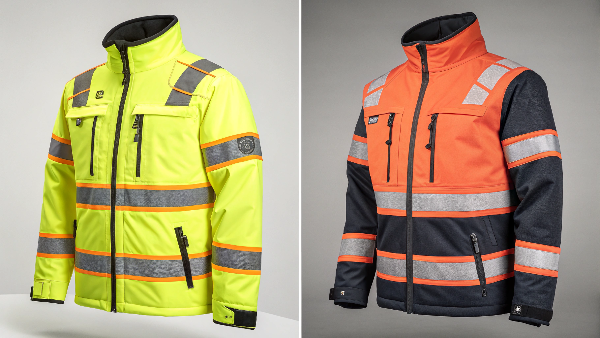High visibility wear is often proclaimed as a crucial safety measure in many high-risk environments. But how frequently do we scrutinize its actual effectiveness? Is it invariably the protective shield it promises to be? This article delves deeply into both the effectiveness and the limitations of high visibility gear, offering a nuanced view that extends beyond the usual assertions of safety.
The critical importance of investing in high-quality, compliant high visibility wear cannot be overstated. This gear is essential in many high-risk environments. However, its effectiveness can significantly vary based on factors like compliance with safety standards and the specific conditions of the workplace or activity.
Let's explore in depth when and how high visibility wear can truly safeguard you, and when it might fall short of expectations.
How Effective is High Visibility Clothing?
A New Zealand case-control study found that one-third of motorcycle accidents might have been prevented by wearing high-visibility clothing. Such statistics underscore the potentially life-saving impact of visible gear in averting accidents across both professional and recreational activities. In many scenarios, the mere presence of high vis gear can be the critical factor that alerts drivers and machinery operators to a person's presence, thereby mitigating potential hazards.
Essentiality of Wearing High Visibility Vests
In numerous high-risk settings, such as construction sites and roadways, wearing high-visibility clothing is not just advisable—it is often mandated by law. The enhanced visibility it provides can mean the difference between being safe and facing severe risks. Beyond legal requirements, the psychological comfort it offers wearers can improve focus and operational efficiency, providing them the reassurance that they are clearly visible to others.
Benefits of High Visibility Clothing
High visibility clothing markedly enhances worker visibility, making individuals more distinguishable from their environment. This enhancement not only helps in preventing accidents but also instills a heightened sense of awareness among all personnel in the vicinity. The reflective properties of these garments are indispensable in low light conditions, making high vis attire a key component in safety protocols.
The Controversy Around High Visibility in Cycling
Despite the apparent benefits, the role of high visibility clothing in cycling safety is contentious. Various studies have provided mixed outcomes; some suggest that while it may not significantly reduce accidents, it also does not increase risks. Conversely, other research indicates a slight increase in risk, possibly due to an over-reliance on visibility gear rather than on holistic safety measures.
Practical Tips for Maximizing the Effectiveness of High Visibility Wear
To truly benefit from high visibility wear, consider several practical aspects:
Ensure Proper Fit: Ill-fitting high vis clothing can obstruct movement and prove counterproductive.
Maintain the Clothing: Regular washing and maintenance are crucial to preserve the reflective properties of the gear. Neglected or dirty high vis clothing loses effectiveness and fails to provide the intended level of visibility.
Combine with Other Safety Measures: High visibility wear should be part of a comprehensive safety strategy that includes lights, reflective markers, and other visibility aids, especially in complex environments like road traffic or industrial operations.
In conclusion, high visibility wear is a vital component of safety gear in many settings, but it is not a cure-all. Its efficacy is maximized when used appropriately, with an awareness of its limitations. Assess your own safety needs and make informed choices about using high visibility clothing to truly keep yourself safe in potentially hazardous situations.



